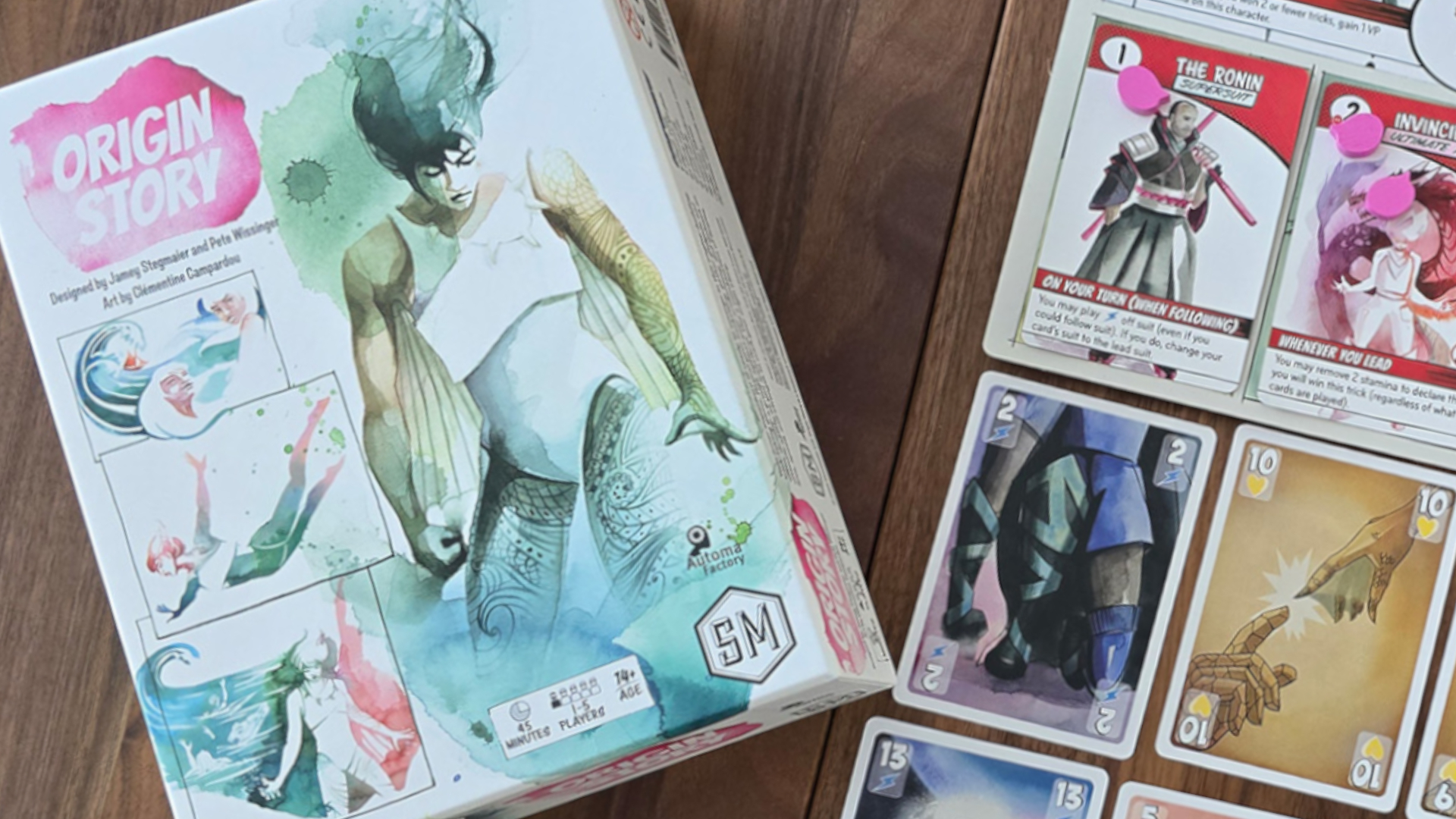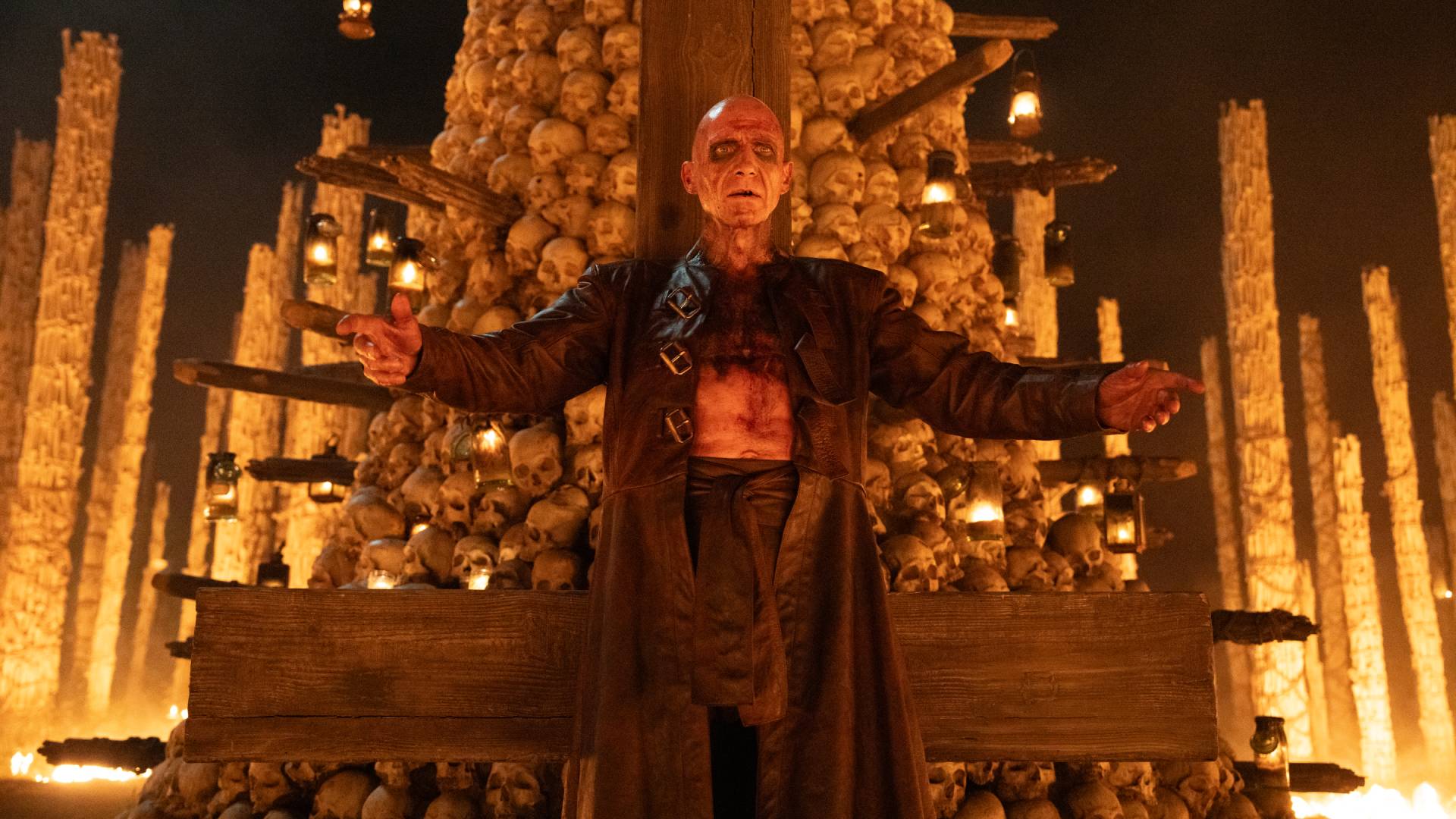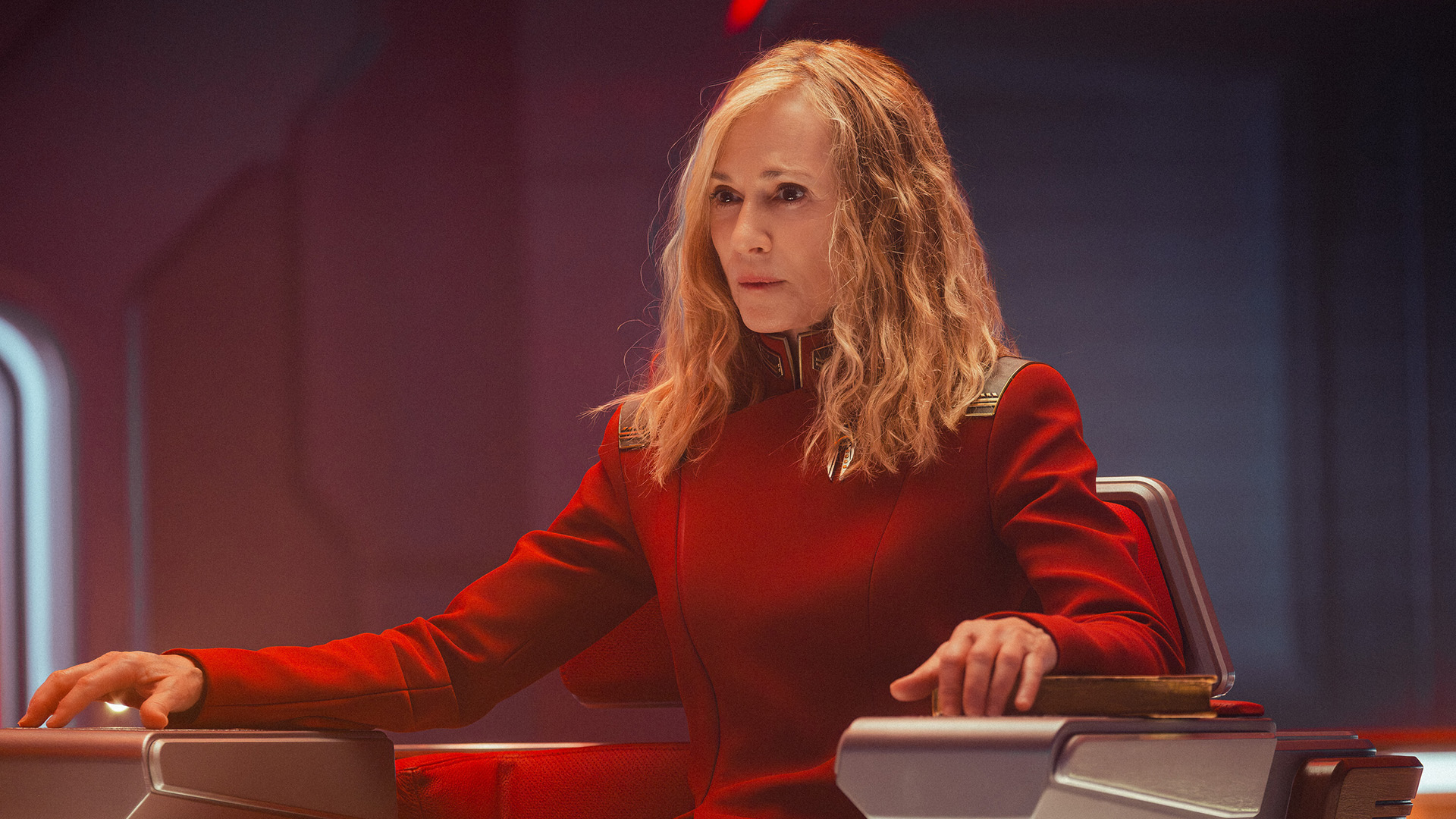We speak to the Ghost Recon Wildlands team about finding breathing space in Bolivia
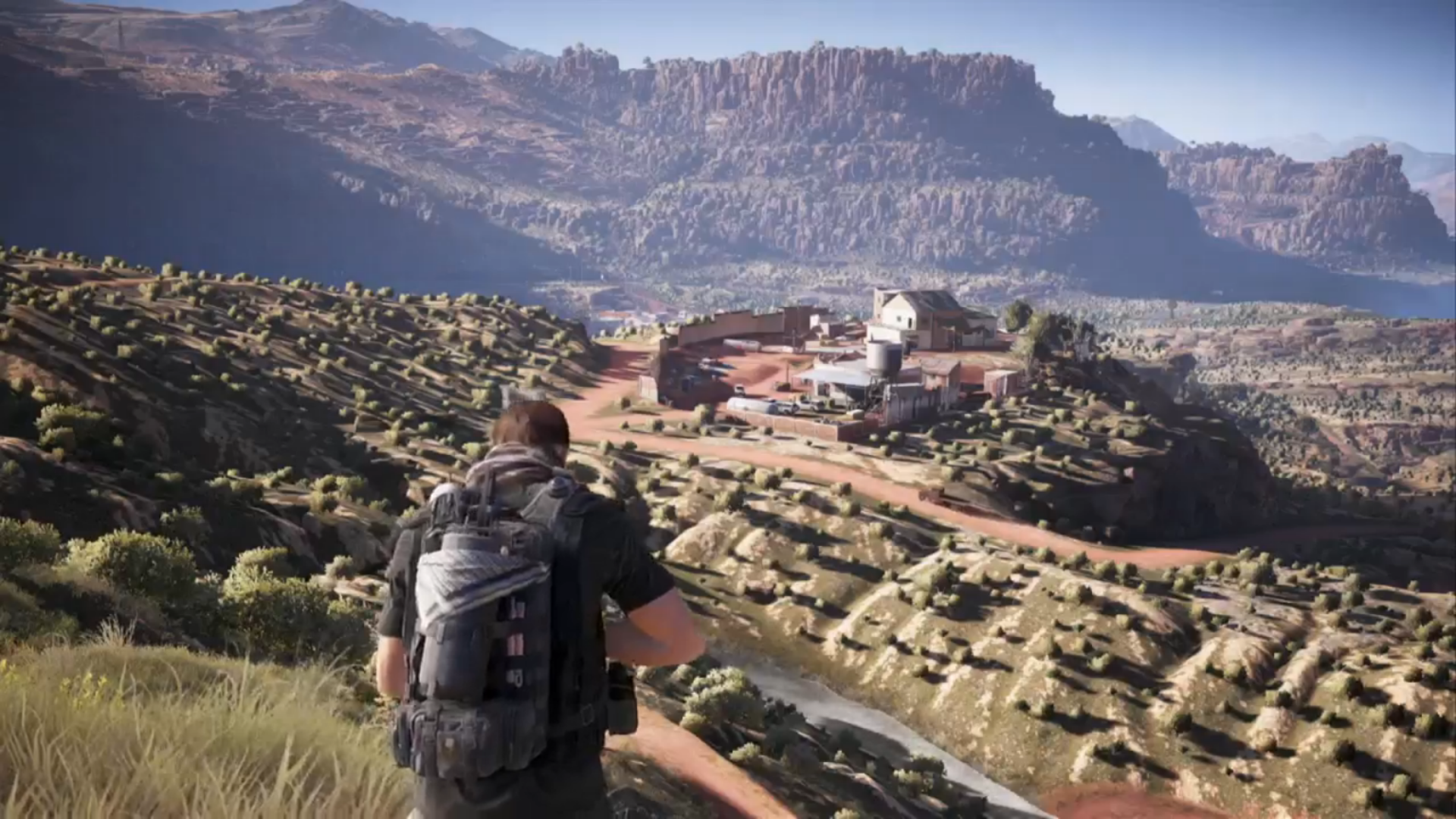
After freezing New York for the excellent The Division, Ubisoft have decided to turn up the heat for their next Tom Clancy open-world shooter. They’re taking us to South America for the Bolivia-set Ghost Recon Wildlands.
“It’s an amazingly beautiful country,” explains Sam Strachman, the narrative director, on the choice of setting. “It has a huge number of different ecosystems, opening up a nice variety in gameplay: swamps, mountains, desert... there are just so many different landmarks and types of terrain, which creates different gameplay situations. The way you approach a mission in the open desert is very different from how you’re going to approach it on a mountain.”
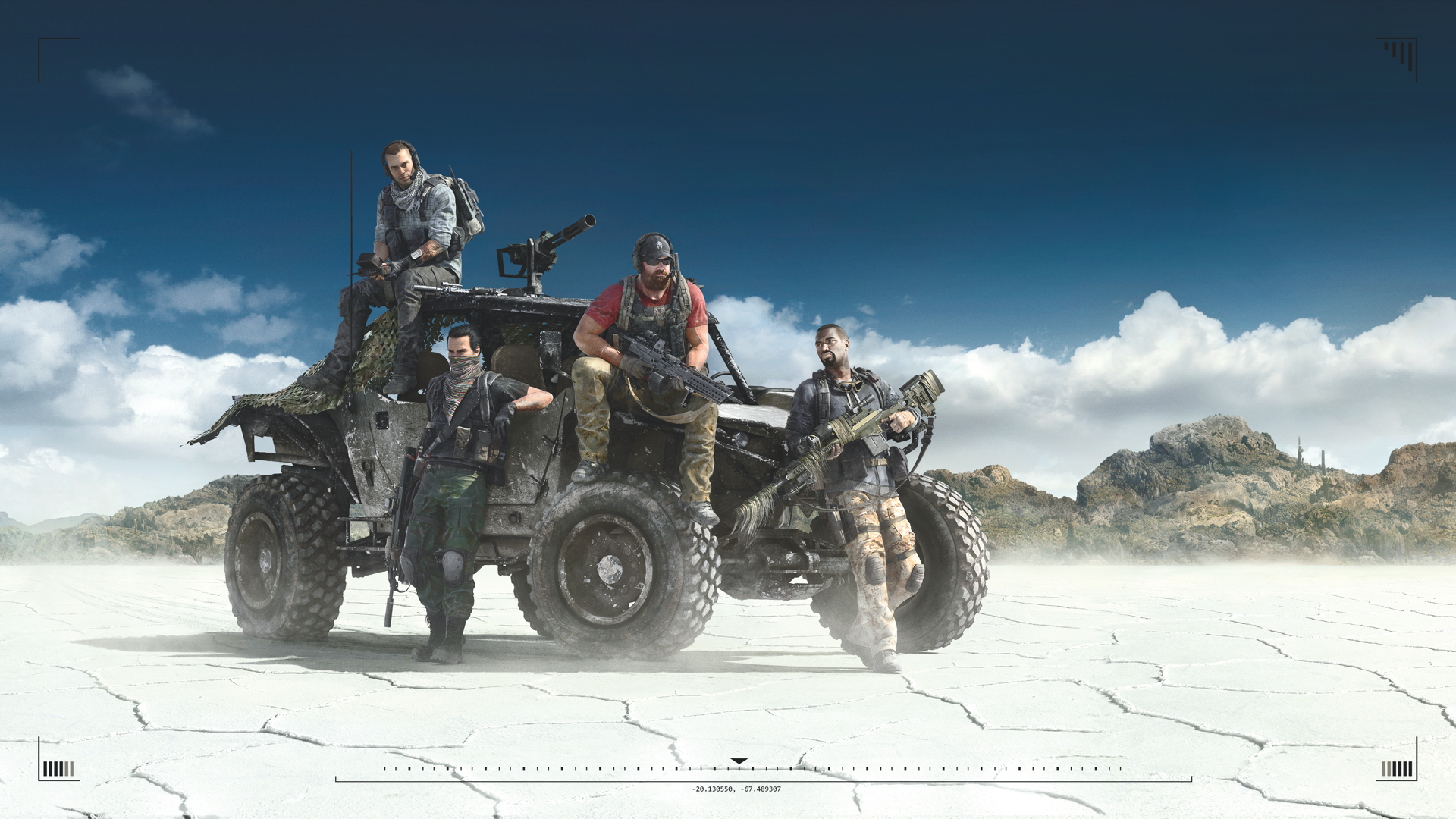
The creative director, Jean-Marc Geffroy, agrees that moving to Bolivia created a lot of possibilities. “What’s important in a game like this is the ‘what if’ situation,” he says. “What if a cartel is coming into the country? Bolivia was a fascinating setting for that. It looks great, but the fact that they grow coca leaves there made it particularly interesting to us.”
Before you call the vice cops on Geffroy, you should know he’s referring to the shady cartel. We haven’t fought this brand of evil in many games, presumably because the devs don’t want their decapitated heads found on turtle backs in the New Mexico desert. “The cartel is structured,” explains Strachman. “Beneath the leader you have four operations: production, trafficking, security and influence – the cartel’s propaganda machine. Each operation has lieutenants, and each of these has a unique role and personality. You have to take them all down but the openness lets you do it how you want. There are over 100 story missions, playable in any order.”

Missions can be played offline or online, for very different experiences. “When you’re playing alone, you have three AI teammates,” explains Geffroy. “You have to control the entire team, and it’s more tactical.” But the real challenge, Geffroy says, has been making a game that works for online players with opposing playstyles. “We don’t know if the player is coming alone or has co-op guys. He might have a sniper or C4... so we have to create logical, believable situations that give a good challenge. If one person’s playing action and someone else wants to be stealthy, each needs to succeed playing the way they want. That’s the most difficult challenge, but also the most interesting.”
“There’s no scripted level design,” agrees Strachman. “If you’re playing with your friends, you could have one guy load a helicopter with C4, drop it in and blow something up, causing a distraction. Another friend up on the mountain has the sniper rifle, picking guys off. Meanwhile you’re sneaking in through the back on a motorbike... “The possibilities are sort of endless. It’s up to you how you want to play. Here’s your sandbox, here are your toys. Now play the way you want.”

Wildlands’ focus on fun in the sun had us wondering if we should expect a less serious tone than in previous Ghost Recon games. “The tone isn’t actually that different, we just give more freedom,” argues Geffroy. Strachman is also clear it’s still a faithful Ghost Recon game. “Of course we want to maintain the tone of special operations, that Ghost fantasy – the idea of being a spec-op guy behind military lines.”
Weekly digests, tales from the communities you love, and more
This article originally appeared in Xbox: The Official Magazine. For more great Xbox coverage, you can subscribe here.
